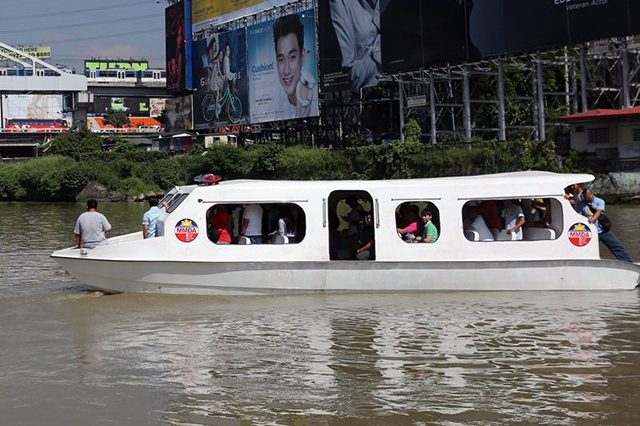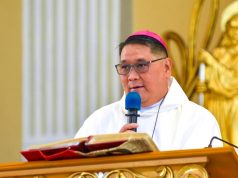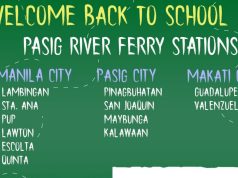Pasig River Rehabilitation Commission won an international award on October 16 for its efforts to bring Manila’s main waterway back to life.
This came a few weeks after its cleanup of the previously waste-ridden Binondo Creek in Manila was praised by Filipinos online.
The PRRC expressed its gratitude to the public and to its members on Facebook for winning the Asia RiverPrize awards at the 21st International Riversymposium in Sydney, Australia on October 16.
The PRRC’s rehabilitation efforts beat China’s program for Yangtze River, considered the longest river in Asia.
JUST IN: Pasig River bags the inaugural Asia Riverprize award! Mabuhay ang Pilipinas at Ilog Pasig!The Pasig River…
Posted by Pasig River Rehabilitation Commission – PRRC on Tuesday, October 16, 2018
The RiverPrize award was given by the International River Foundation, an organization based in Australia that recognizes sustainable management of the world’s rivers.
PRRC Director Jose Antonio “Pepeton” Goitia attributed the feat to the leadership of the Philippine president.
“It was [President Rodrigo Duterte’s] leadership that united both the public and private sectors into this shared mission of protecting the Pasig River and improving the lives of the communities around it with strong political will,” Goitia said.
The Pasig River, the country’s longest river, stretches to nearly 25 kilometers and encompasses the cities Manila, Makati, Mandaluyong, Pasig and Taguig. It divides the capital and the surrounding areas into two.
The difficult road to rehabilitation
Back in the American era, celebrated architect Daniel Burnham likened Pasig River to the scenic Seine River in France.
However, decades later, the World Health Organization declared the waterway “virtually dead.”
A case study conducted by WHO about Pasig River in 1997 showed that it still has life left during the rainy season, but it is considered dead in summer months.
Back then, the international organization found that nearby factories and residential homes as the main contributors of wastes in the river.
“A steady influx of migration into the metropolis has resulted in congestion and the exploitation of land and, ultimately, the Pasig River,” it stated.
In 1999, then President Joseph Estrada signed Executive Order 54 that created the PRRC that is primarily tasked to “ensure that the waterway is rehabilitated to its historically pristine condition conducive to transport, recreation and tourism.”
Following the onslaught of Typhoon Ondoy, a training program called “River Warrior” was organized by the ABS-CBN Foundation’s Kapit Bisig Para Sa Ilog Pasig in partnership with the PRRC and other government bodies.
Results of such collaborative effort soon became evident over the years one tributary at a time.
For the International RiverFoundation which granted the award, the PRRC and its partners are commendable for being able to divert nearly 22,000 kilograms of solid waste from the waters that accumulated from 1999 to 2017.
“PRRC and its partners’ river restoration and management efforts have effectively brought the Pasig River back to life. These efforts have included delivering quality projects, programs, activities, and advocacies in easement recovery, riverbank development, waste and water quality management, and public awareness,” the IRF said.










